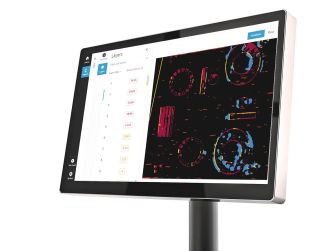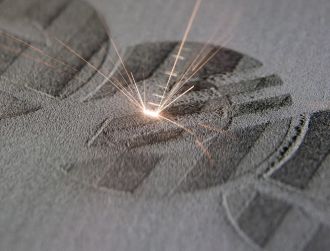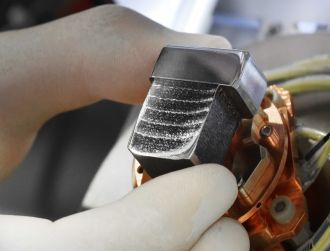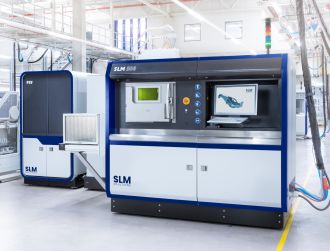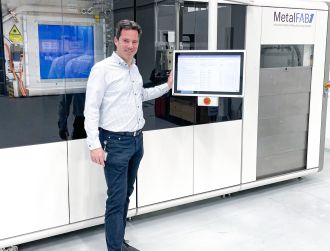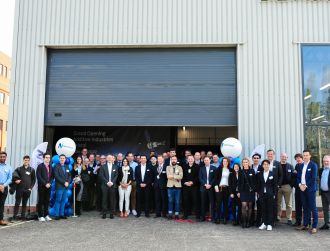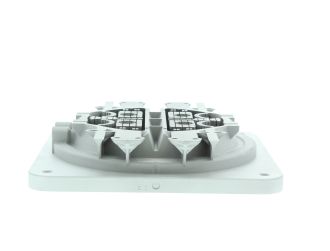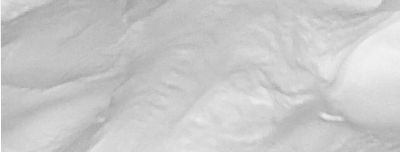
EOS presents sustainable polymer materials for 3D-printing
EOS, a leading supplier for responsible manufacturing solutions via industrial 3D printing technology, is looking at sustainability from a holistic perspective. EOS is continuously striving for more sustainable materials, systems, and processes. Recently the company introduced a climate-neutral PA 1101 and carbon-reduced PA 2200 polymer material.
When it comes to 3D printing materials, EOS looks at three dimensions: material sourcing, material consumption during the 3D printing process, and material reusability for continuous part production the reduction of powder waste,
For material sourcing, EOS focuses on three factors: the choice of polymers for 3D printing, how the polymer powders are being generated, and how the qualified additive manufacturing powder is being processed on EOS systems. Depending on the choice of raw materials, the CO2e footprint for additive manufacturing powder production can be reduced by increased production efficiency and quality to lower scrap and increase material reusability throughout the production journey.
PA 1101 ClimateNeutral polymer material
PA 1101 is a bio-based material with a smaller carbon footprint than petrol-based polymers. Production efficiency has been and will be continuously improved for this material too. EOS now offers a PA 1101 ClimateNeutral material. The term climate-neutral reflects the broader inclusiveness of other greenhouse gases in climate change, even if carbon dioxide is the most abundant. The material comes with proven quality and material composition, yet it is climate neutral to support customers’ climate protection and sustainability goals. Customers will receive a certificate that proves the correct calculation and offsetting for the application.
PA 2200 CarbonReduced polymer material
PA 2200 has a unique set of properties for final part properties. The material is traditionally a petrol-based polymer, with a high impact on climate. EOS aims to constantly increase the production efficiency of this material while providing the added value of almost 45 percent reduced CO2e footprint of the PA 2200 CarbonReduced. For material production, renewable energies are used.
Formiga P 110 FDR
At Formnext, EOS also introduced the Formiga P 110 FDR polymer system. Where delicate structures with fine surfaces and thin walls are key to application builds, fine detail resolution (FDR) is the right solution. EOS developed the FDR technology for their polymer systems to increase customers’ ability to print with fine detail in mind.
Unlike other options in the EOS system portfolio, it uses a CO laser with a focus diameter twice as small as existing SLS technologies. With this, extremely fine surfaces can be achieved, as well as delicate but stable parts with a minimum wall thickness of just 0.22 mm. The material is being processed in layer thicknesses of 40 µm and is characterized by high impact strength and elongation at break.
This opens new fields of applications wherever precision engineering is needed, e.g., for optical components, parts for gears and small engines, small valves, pipes, impellers, plugs, and electronic equipment. The FORMIGA P 110 FDR enables even more variety and attention to detail for the industry when choosing the right polymer 3D printing technology.

